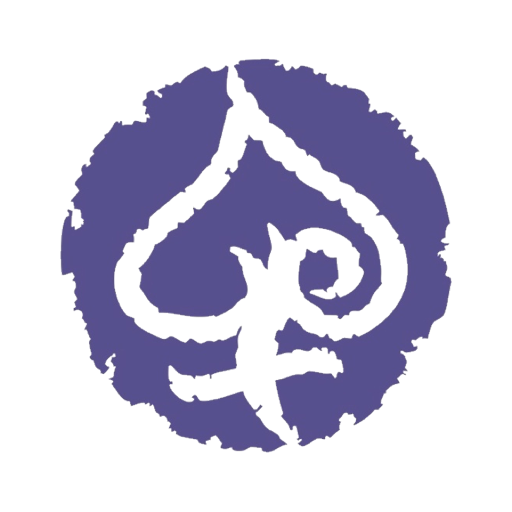Chapter Guidelines
Book Launch–October 1, 2014
First Draft–April 20, 2014
Format: 10-15 PAGES, DOUBLE-SPACED, 12-point TIMES ROMAN
What does your chapter look like?
The chapter is more than an essay, it is your narrative, your story about you (or about someone you are writing about) and may include others who have touched your life in some way.
It is a reflection of how you have succeeded in the global workplace, your definition of who you are (Sino ba sila?)—your “being a leader identity”—what you are about and your global leadership competencies (Ano ba sila?)—your practice and exercise of leadership.
Why do a self-reflection? (You might refer back to the Call for Abstracts.)
It will help improve our leadership potential and performance since research shows that a secure understanding and sense of self is a foundation for effective leadership. Self-understanding also provides a sound basis for understanding other people--being self-aware helps to be mindful of the needs of others or have empathy with others.
For those of us in our “third chapter in life”, we may be thinking about legacy and passing the torch to the next generation. The individual reflections, narratives or case studies will inform the integrative, concluding or summative chapter. This summative chapter will examine the range of characteristics of Filipina global leaderships, global leadership competencies, and effectiveness of global leadership that are articulated in the individual chapters.
What to highlight?
There is no one way of doing this written reflection. Here are a few suggestions:
- Examine your personal values. Research talks about instrumental values. These are values that we use on a regular basis to make decisions about our life and work; and about end goals, these are values about life long aspirations. Assess your organization workplace values. Is there a good fit or are they in conflict?
- Reflect on any of the following—global leadership competencies, including personality dimensions, cognitive style, emotional intelligence, current level of skills, strengths and weaknesses, the predominant ways of attempting to influence or compel others.
- Examine your leadership story overtime—any “aha!” moments, any jolts, any setbacks, what you did to improve the outcome, any success stories, any joys?
- Write about the context of your leadership story or leadership trajectory. The context can be the sector/industry or a geographic place—Philippines, Japan, UAE, Afghanistan, Poland or many geographic places. The context can also include other Filipinas who are in the same leadership positions in your sector.
- Make use of dialog, flashback, letters, newspapers, diaries, journals, performance reviews, etc.
- Write about people (you do not have to name names) who helped you along the way, your real and fictional heroes.
- Make the reader see some connection between your story and their lives. Add humor. Add wisdom. Share lessons learned, key takeaways.
- If you need more ideas, add a Reflected Best Self. How to do this? Ask about 10 significant others (friends, family and coworkers who know you well and will provide honest opinions) to share written feedback describing you at your very best. These descriptions usually can include detailed stories and examples of when you are making a distinct and extraordinary contribution. No negative feedback is solicited. You compile the responses and search for themes that describe you at your very best. The pattern that emerges across the feedback from the individuals is a sketch of your Reflected Best Self.
- Add references to link your story to leadership studies—practice, research and development—in the Philippines, in the US, globally, or elsewhere. Or books that were beneficial to your exercise of leadership.
